You've Got That Infinite Feeling
A Marriage of Imagination to Narrative Machines Opens Doors To Infinity
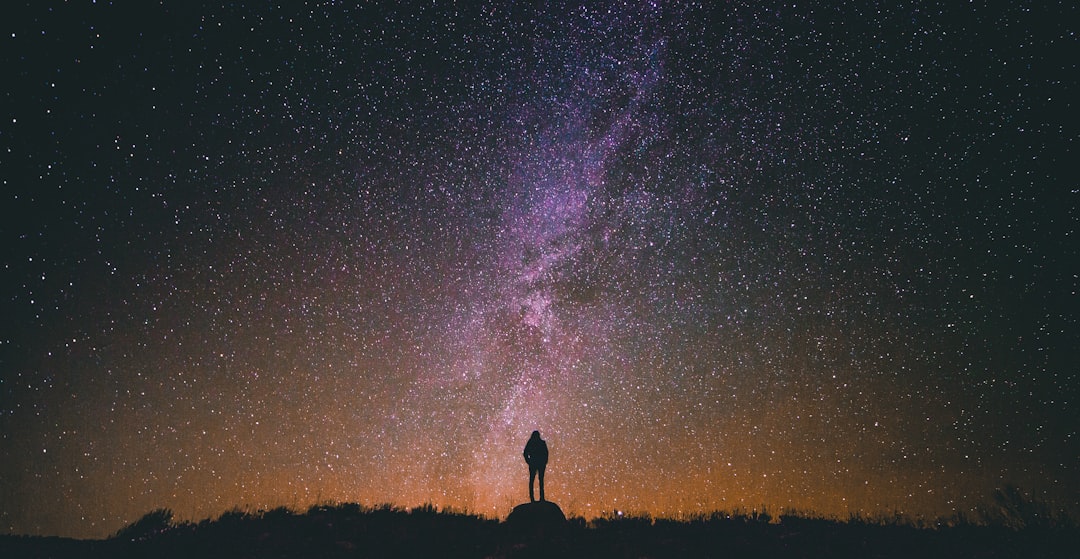
“If the doors of perception were cleansed every thing would appear to man as it is, Infinite. For man has closed himself up, till he sees all things thro' narrow chinks of his cavern.” - William Blake, The Marriage of Heaven and Hell (1793)
What do we do when we feel and can do almost anything with our minds? What happens when this is awakened in anyone with the need to imagine, that feeling?
There’s a feeling that comes with it:
You've got that loving feeling,
that infinite feeling, infinite varieties of different realities
where it goes, there goes the magic
You've found an everlasting setting, an infinite scene
This is a riff on the future.
It began with a stream of projects unfolding in one corner of a new world growing on top of the “real” one. A song’s melody played in my mind, words of infinity came. This is the riff that followed. It’s long but it’s as real as it gets.
I’ve got a feeling that doors to an intimate kind of infinity are being cleansed.
Infinity includes the passing of time, a rolling record of what used to be the future.
The future is many things. The next present, children of the past and present. Some live in dreams, as imagined unrequited realities. Most fade, but a few break out into the world as stories. Some are passed down, or become much more, plans of action.
The future lives throughout the timeline, backwards and forwards, inside stories.
There’s mythology, history, and fiction. Mythology includes deep memories, rituals, and lessons of an imaginary past. History includes the official stories of everything that make the present. Fiction includes dreams and memories of imagined futures.
I remember the past and imagine the future, then I mash them together for stories.
I’m writing books set in the first interplanetary age of Man.
Below is mood-board with link, to a work that will be entitled “Box Of Stars”.
A second book, “Harvest”, is being finished over coming weeks “in public”.
The solar system is called “The System”, just like we call the Earth, “the World”. Half of the story is real history of “the World”. One of my characters is a “Jovian”, born on a moon of Jupiter. There’s a depth of reality in my worldbuilding but I’m a rookie when I look at the worldbuilders who came before. Let’s move back in the timeline for a bit.
Time for William Blake.
Born 1757, in Soho, London, the son of an Irish hosier, William Blake was a rebel all of his life. A child of English Dissenters, those who left the Church of England, which itself broke off from another church, Blake’s core inspiration included the Bible. Other muses were the engravings he made of drawings of Greek antiquities, Gothic churches, and understanding parents who transferred him at age 10 to an art school, and books he read of his choosing, which his parents bought for him.
He never played along to get along, he did things his way.
The woman he married in 1782, Catherine Boucher, got him on the rebound. He taught her to read, write, and trained her to be an engraver. Catherine, William’s lifelong partner, helped him with his books, and lifted him when times were bad.
After his father died in 1784, Blake opened a print shop, which became a hangout for other smart rebels, including Thomas Paine, and fell hard for the idea of revolution.
The one thing Blake he is now famous for was world-building with his art. His poems weren’t just poems, his etchings weren’t just etchings. Completely ignored in his time.
Let’s jump ahead to one of his masterpieces.
The book is a callback and response to John Milton’s vision of the underworld in “Paradise Lost”, and also to the ideas of “Heaven and Hell”, by Emanuel Swedenborg, which described a sharply defined moral universe familiar to us.
For Blake, good and evil, still two different parts, were all of a piece, interconnected in a larger reality, made of “contraries”, like Attraction and Repulsion, Reason and Energy, Love and Hate… of opposites which pushed and pulled mankind forward.
Blake turned upside down the conventional thinking of his times about the moral cosmos, about “good versus evil”, through writing a “memorable fancy”. He punched holes through perceptual walls of conventional beliefs. It was a warning that “a system was formed… and… men forgot that all deities reside in the human breast”.
The book was a reminder to look in our hearts to expand our perceptions of reality, good and evil, as opposed to relying on the middlemen between humanity and heaven. Blake was writing about a “marriage” between the opposites of reality.
In one story, Blake challenges an Angel friend, who warned him that he was in for trouble if he kept up the rebel routine, by taking the Angel to the edge of space itself, somewhere by Saturn, as part of his push-back:
”by force suddenly caught him in my arms, and flew Westerly through the night, till we were elevated above the earth’s shadow;
then I flung myself with him directly into the body of the sun;
… sunk from the glorious clime, and passed all the planets till we came to Saturn.
Here I stayed to rest, and then leaped into the void between Saturn and the fixed stars.
“Here,” said I, “is your lot; in this space, if space it may be called.
That’s the least wild part of that story, I won’t bother with what follows (it’s monkeys).
The Blakes would have gone to town with today’s tools to create even wilder stories.
Their view of the heavens would have been redefined on a daily basis by our tech.
We all can see the solar system, and more, all over again with our newest eyes.
I refer to the JWST, the James Webb Space Telescope, years in the making, updating our view of the universe. It’s parked a million miles away at Lagrange Point 2, a stable orbital position, and it’s already updating our views of the cosmos.
The JWST has already taken amazing views of the world named after the lord of the Roman pantheon, Jupiter, otherwise known as Zeus.
Its optics are the latest, better than earlier telescopes on Earth and space, a 10 billion dollar cleansing of one of our doors of perception.
We recreate creation with each new model of reality, it brings us closer to infinity.
We see with other new eyes too, turned inward, on ourselves.
They are made by machines inside other machines, engines of infinity in art and images. They’re fed with our words, ideas, images, raised on our memories, and spurred to action by our prompts. We can turn words into images.
I can see another world through the rendering and reinterpretation of my words.
Our expanding view of the heavens is a recurring theme in many stories, mine too
I wrote “An infrared image by JWST of Jupiter”, gave it to a machine. It made this.
Prompt: “An infrared image by JWST of Jupiter” (Stable Diffusion - Hugging Face)
The confines between imagining and making the next present, is loosening.
I opened with William Blake and waxed lyrical mystical about infinity.
Our imaginations will be the engine cores of a new forms of stories.
We can inspire images in readers’ minds but now we can do more.
I have selfish impulses to indulge.
The idea of turning my text into something different, something more is awesome.
I want to illustrate what I was imagining. If I could “spin up” a graphic novel that would be something, then imagine a storyboard, a short film, a series, a movie, and more all made up from a world of words. The toys are out there being tweaked 24/7.
I ask myself, what if we wanted to visualize a world made of our words?
Here’s where I start writing about toys that will become tools. They’re playtime past-time that moves up the utility curve over time and becomes fulltime worktime. The names of these tools will change, these words and names in this writing will change over time. If I can imagine it, it’s already being made on weekends by someone.
I’m not a “tech guy” but I use electricity, that doesn’t mean I’m an electricity guy or write about volts, amps, and ohms. I just know I will use it, like I am using software, most of which is far away, to write this, and you’re using software to read it. Think about how many things you take for granted which were toys but are part of life now.
I want to reimagine my stories in different media on my own. This is where the new machines within machines, come into play, and right now these are shiny new toys.
Welcome to Large Language Models.
I’m going to reduce this experience to a banal analogy. Analog > digital sometimes.
There’s a television game show called “Password”, a guessing game based on a clues for a word, a phrase, or a small hint. The teams, made of one celebrity and one person like you or me, each had to guess a “password”, whispered for the audience’s ears only, based on hints from their team-member, who knew what the password was.
Right now, millions of games of Infinite Password, are being played. When we shout out the answers, for the moment known as “prompts”, then we see images.
In a way, it works the other way too, we’re giving hints with our prompts to the machine, and it’s giving us images in return. The ones that strike true, close enough, or that we like train machines.
No matter what, you got images but were they the ones you had in mind? Did the machine get the hints you gave in the text of your prompt? Did it give you an image close to the one you had in mind? Over time, machines are trained by what we like or how we react. They get better at playing Infinite Password.
OpenAI, created a walled garden for the AI Art Password game, and got folks curious but it was wonky and had waiting lists. Its releases, DALL-E and then DALL-E2 each had waiting lists but "DALL-E2” dropped it fast because something happened.
That all changed with a new project.
Enter Stable Diffusion
A package of software that can be downloaded and used by anybody if they wanted, it’s almost rebellious in the age of tech giants who swallowed up the Internet but it’s happened before. The walled gardens of the pre-internet tech giants (AOL, Compuserve, etc.) gave way to a new wonky, imperfect monochromatic text landscape of the world wide web, the original open internet. Hello open source, all over again.
Stable Diffusion, “SD”, is a machine learning program that was fed billions of images from a German charity, LAION, which scanned the entire Internet, over a third of which were associated with English. At this rate, it’s not so crazy to think that SD will have been “trained” by as many images as there are people on Earth. Early doors.
The venture prides itself on being “Open A.I.” as opposed to other projects which did slow releases and trickled out access after they were released into the wild.
I used a browser version called Hugging Face for my image of Jupiter to play with it.
And there’s a search engine for looking for what’s already been done called Lexica.
This has some of the strangeness of daguerreotypes and still photos that must have hit people back in the early 19th century. Let’s jump to 1838 or so, just for a second.
It’s not hand-drawn or painted, not carved from stone or wood, cast from metal, made from a wax mold. Something so new it feels off. But people began to use it and move on to the next new off-feeling, off-putting thing. The next thing was even stranger.
The Lumiere Brothers in France began with photos in their father’s failing business but saving the business asked themselves, what if you wanted to make a moving image? They helped create the “movies” in the late 19th century.
That same question is being asked again this decade, this century.
What if you want to make moving images from your still text?
There’s something called Runway coming.

Some will say it is not art, that it’s fake, a cheat because some master or his/her protege didn’t work by themselves to the bone, starved, did it with a stick or a rock.
Is using software to write these words, and software you used to read this, “legit"?
I’ll ask the same rhetorical question in a different way, is “forced perspective” legit?
A parting dinner, a sacrament and a warning of betrayal, all part of a masterpiece of light, depth and shadow. Its creator described it as a "complex perception", painted on a wall of a dining hall inside a refectory, a convent. Under it, there are invisible lines converging upon a vanishing point, guiding our senses to relive a moment from the official canon of a shared vision from a book.
The Last Supper. 1495.
We can’t ask Leonardo da Vinci about the tricks he played on a wall of a dining hall inside a religious place but my guess he didn’t stop to ask about tools of legitimacy, again that’s a “us vs. them” thing, a Manichean divide that Blake himself was pushing back on in another space.
Where old ways and old modes are being tested, bent, and broken, chasing perfection comes before asking permission.
Renaissance virtual reality maybe unreal but it opened a new door to divine infinity, a realistic unreality, when ideas were infused into an intimate reality.
The beauty of the “Last Supper” was such that King Louis XII ordered a copy - he couldn’t take the original. That copy is in a Belgian Abbey. There are also two other copies, one in a church in Switzerland and the third copy’s most recent home is in London, at the Royal Academy of Arts. What is less “legit” than the “original”? Must it be, in the words of “3.0” a “1 of 1” to be true to form?
There’s more to think about beyond the legitimacy of a copy commissioned by a king. Masters’ studios were the trade schools of artists and artisans. Mentor and proteges, Maestro and his assistant-students, working on multiple commissions, many hands making many masterpieces. Leonardo did the same himself, after his father showed his work to a master, Verrocchio (enough to get Leonardo hired). It’s not all a solo act.
It was a fragile experiment that needed help to survive into the present. Da Vinci never made such a large work before, and paint on wet plaster was not built to last . Over the centuries, the painting endured residents cutting a door into the wall, Napoleon’s troops, and German bombs in the Second World War.
Over the last 3 centuries, restored to the point where there is more replacement than original, should we treat today’s painting as less worthy?
Leonardo couldn’t do all the work by himself. Did that make a maestro’s work any less?
Just as Blake looked within his own heart, before the middlemen to all of creation, to get his bearings on “good” and evil, Leonardo looked within his own, captivated by nature, the natural law of biology and emerging sciences, before rendering it in paint, paper, and stone. How they each rendered from what they found was magnified with their time’s tools.
Their works survive not because they recreated what was already known, they created something not yet known by many means they deemed necessary.
Back to our time again.
Multiply that by a factor of millions of proteges, made of machines that make each creative mind a maestro with access to new toys that become tools for studios of one.
We will not all handle cadavers to learn about the masterwork of man’s body. We may rely on Diffusion Models to indulge our curiosity as we mashup many ideas into one.
Millions of new unreal realities will be assembled into intimate personal infinities.
We each can be William Blake, Leonardo da Vinci, and more rolled into one, unique.
The cost of access to these realities is dropping, leaving the biggest costs as time and imagination, and the will to explore through experimentation like Leonardo da Vinci.
The vanishing point of a new forced perspective is centered on our ability to write the stories, give instruction in the form of “prompts”, to our assistants and proteges, the machines. They will learn from us about what we want.
Doors are being opened to alternate realities, unlocked by near infinite imaginations. Imagine merging the prose of our investigations with the poetry of our inspirations.
An infinite canvas in one instance.
There is “out-painting”, a filling in of ever-expanding blanks, and coincidentally
done with software named “stablediffusion-infinity”.

All of this is going to change because it’s early doors. William Blake kept an open mind, and warned “the man who never alters his opinion is like standing water”.
With each new experiment and exploration many doors of perception will be cleansed a bit more, letting in a little more infinity each time.
My enthusiasm does not mean that I want to hop on a Ted Talk stage in black turtleneck and give some kind of magisterial rehearsed speech, it’s just plain fun.
Imagine access to a new never-ending rabbit hole within the world’s imaginations.
We’re tapping into rich veins for an embarrassment of riches of the mind.
“The road of excess leads to the palace of wisdom” - William Blake
NOTES:
Again, here is the riff that got me started:
You've got that loving feeling, that infinite feeling, infinite varieties of different realities where it goes, there goes the magic, You've found an everlasting scene, an infinite scene.
I wrote the riff quickly, on September 19, but the feeling was building for some time.
I had this tune in my head for some reason, the meter of it stayed with me
I was inspired by the “King” to stretch my wandering about these tools for the next present, which could cleanse the doors of our perception of ourselves, of what we thought what we could do before and after these tools emerged. Instead of losing that “loving feeling”, I think I’ve gone, gone for something new.
We’re all walking with that infinite feeling, to do the things we want to do, to tell the tales we have inside. We just don’t know it yet.








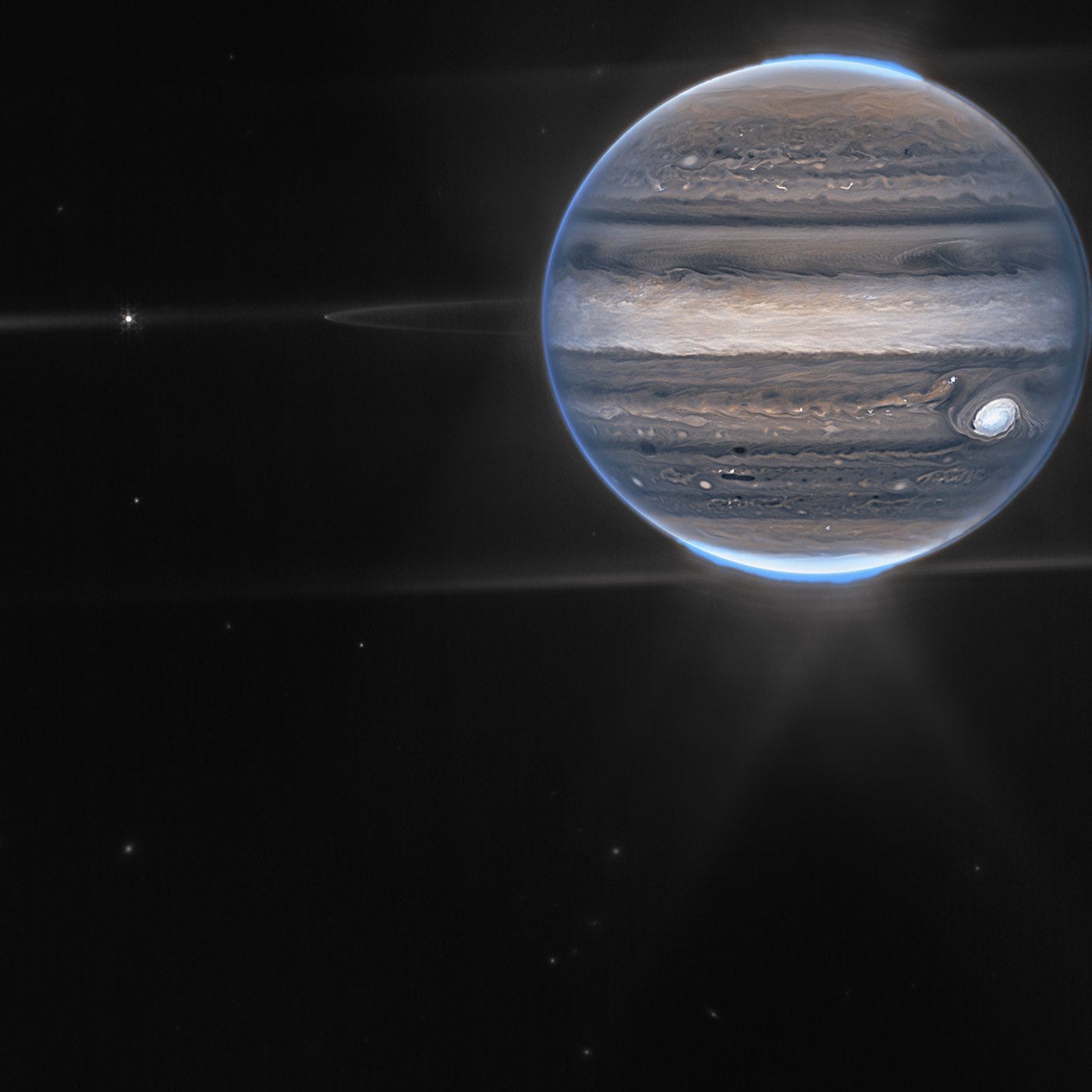
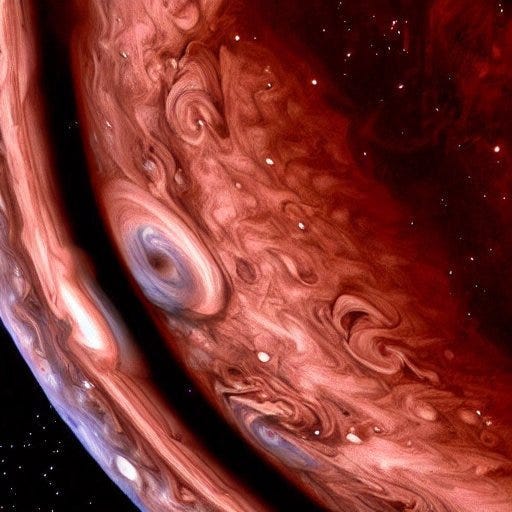


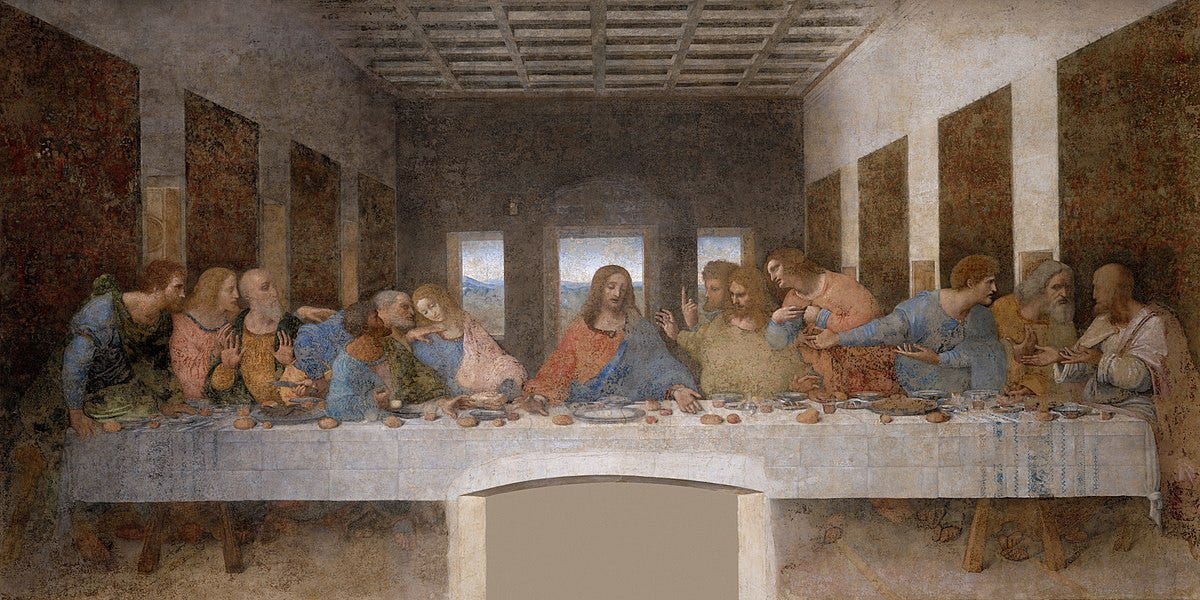
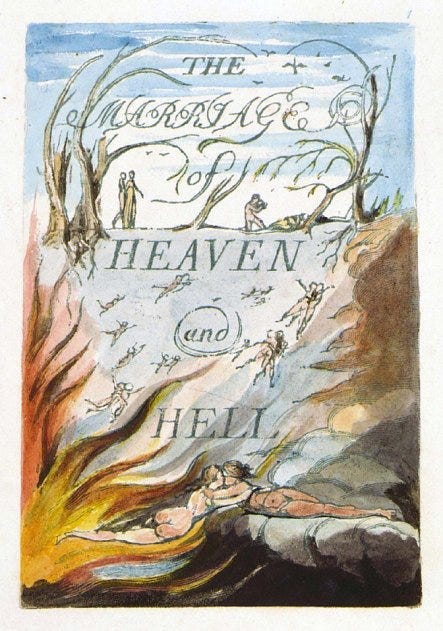
Oy. Transcendent work here. An active brain igniting my own, like a candle set to a sparkler that wishes it could contain it's sparks into the steady illumination of a candle.